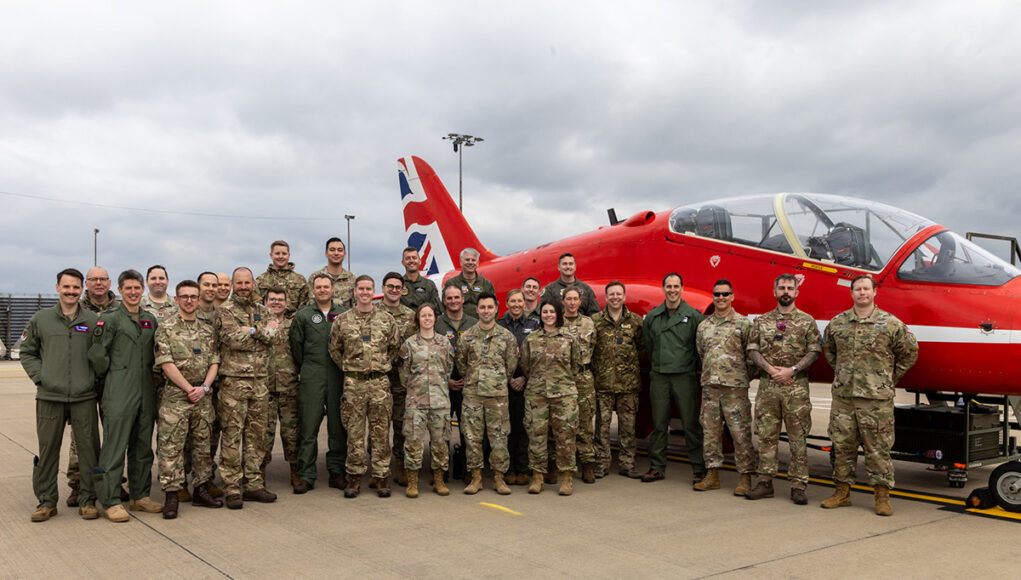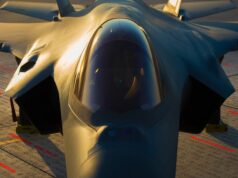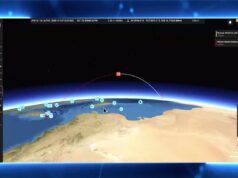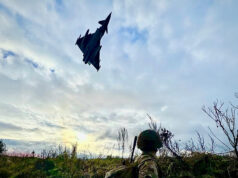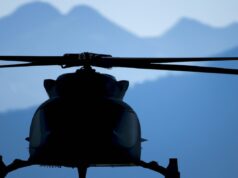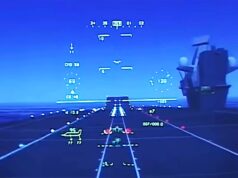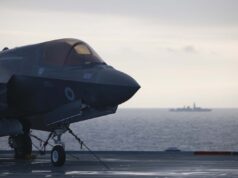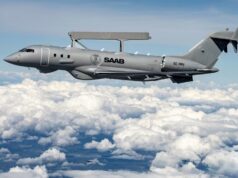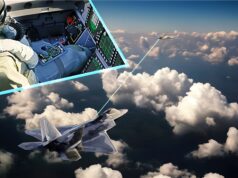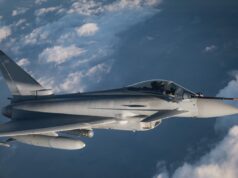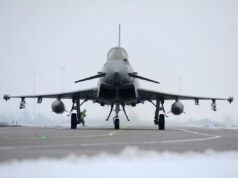The United States Air Force’s premier operational-level Command and Control Warrior Advanced Course (C2WAC) has, for the first time, been delivered outside of the United States.
Held at Royal Air Force Waddington in the United Kingdom, the latest iteration of the course brought together the largest class to date, with a near-equal split of U.S. and coalition personnel.
“The significance of expanding C2WAC training outside the U.S. is a milestone in the course’s history and another positive step toward strengthening our partnerships with our international allies,” said U.S. Air Force Colonel Ryan Hayde, commander of the 505th Command and Control Wing at Hurlburt Field, Florida.
“Increasing interoperability with our partners through integrated training allows for these collaborations and the sharing of expertise and resources, ultimately increasing the combat effectiveness of allied air forces.”
C2WAC is designed to enhance the operational-level planning expertise of experienced air component planners, preparing them to lead operational planning teams and integrate joint and coalition capabilities across air, space, and cyber domains. The course at RAF Waddington was supported by a blended cadre of instructors from the U.S. Air Force, U.S. Space Force, Royal Air Force, Royal Australian Air Force, and U.S. Department of Defense civilians and contractors.
RAF Wing Commander Mark Still, commander of the Air Battlespace Training Centre and graduating course leader, emphasised the strategic value of the course: “C2WAC offers an unparalleled opportunity for AUKUS coalition partners to conduct operational planning together, enhancing our ability, through shared knowledge and experiences, to improve coalition integration from the start of operation conception.”
He added, “Bringing together personnel from the U.S. Air Force, RAF, and RAAF in this environment in the U.K. is a key demonstration of our joint commitment to improve processes and better prepare our operational planning teams for success in this rapidly changing and evermore challenging operational environment.”
The mobile training team also benefitted from direct engagement with RAF experts and general officers, with activities including visits to RAF College Cranwell and the Battle of Britain Memorial Flight at RAF Coningsby as part of the course’s graduation activities.
U.S. Air Force Lieutenant Colonel Benjamin Lee, commander of the 705th Training Squadron, reflected on the course’s evolution: “In just two years, C2WAC has evolved from a U.S.-only-based course to one that has graduated students from the U.K. and Australia and is transitioning to expand our closest allies’ capacity to engage at the operational level of war with capabilities at all classification levels.”
Importantly, cost control remained a priority. “Our objective was to ensure that the cost to Air Combat Command for the U.S. Air Force students didn’t exceed the standard C2WAC operational costs at Hurlburt Field,” said U.S. Space Force Major Joel Boxberger. “Due to the RAF covering the expenses of the C2WAC instructors’ travel, several USAFE students not needing to fly, and comparable student costs, we were able to keep the course cost neutral.”


